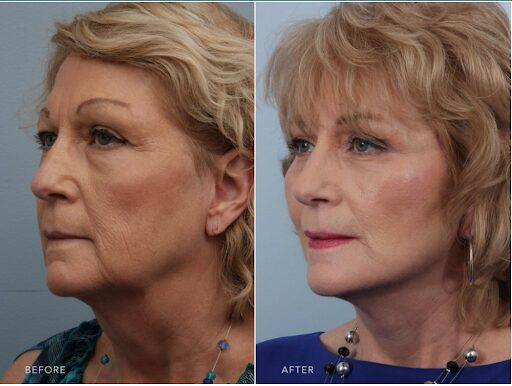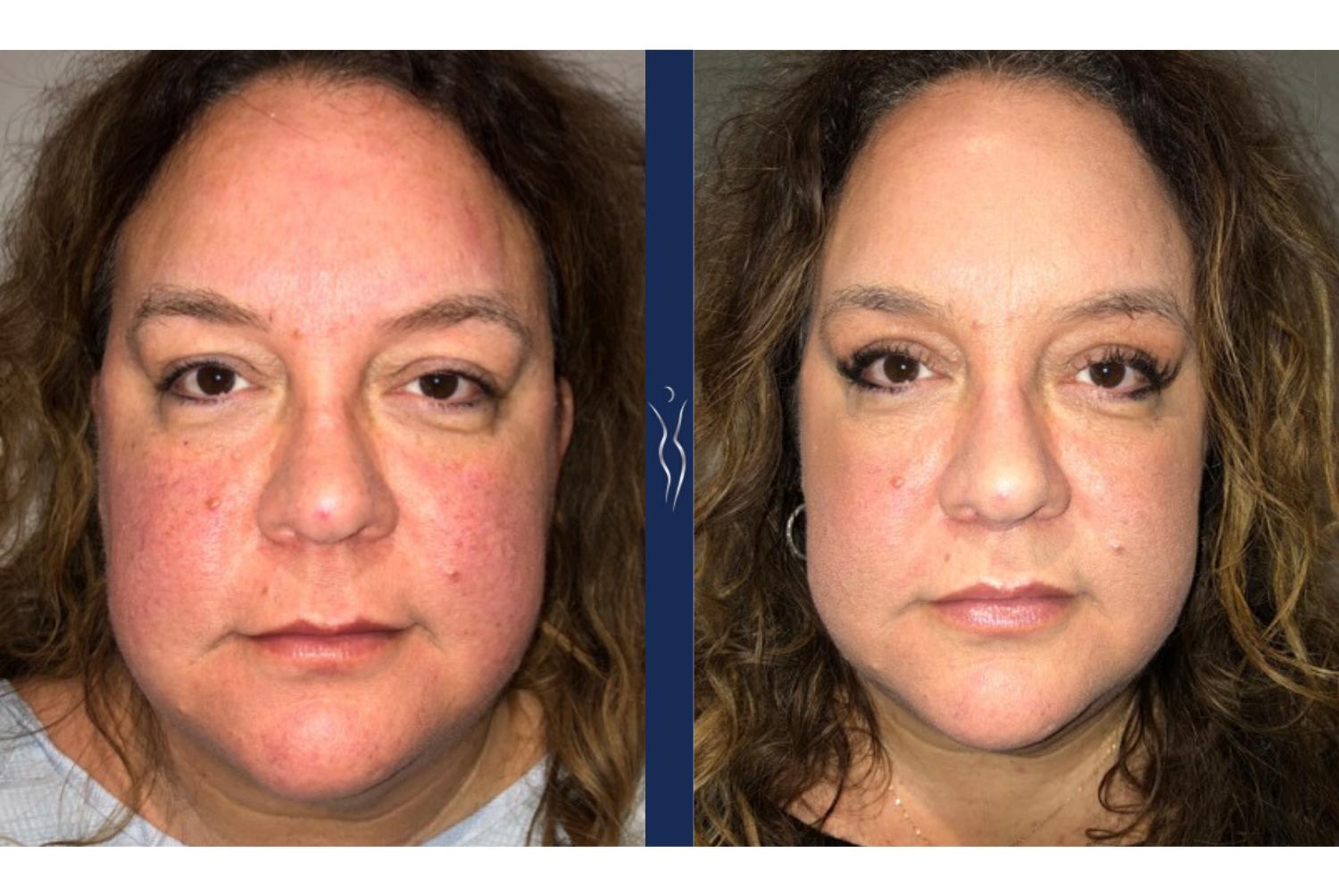
Breast implants cancer can be a rare but serious condition. This cancer develops as a result of a long-term, inflammatory response to bacterial contaminants. The following article will explain the symptoms of this cancer and the treatment options available to women who have developed the condition. If you suspect that breast implants cancer may be a possibility, here are the available treatment options. Breast implants can cause complications in some women, but it is rare.
BIA/ALCL is a breast cancer involving breast implants
If you're considering getting breast implants, you should know what to expect. Breast implants cancer can result in lumps, asymmetry, and pain, and may be caused by BIA-ALCL. The majority of breast cancer develops between seven and ten years after the procedure. However, it can also occur sooner. Breast cancer can be detected by a mammogram, but it is not always found.
ALCL can occur anywhere on the body. But it's more common to be found in the skin, lymph nodes and hair. BIA ALCL, a subtype, forms in scar tissue around the breast implant. The implant can be removed surgically to treat this type. However, it is possible to avoid its destructive effects by early detection. The disease can usually be treated if diagnosed early.

It is very rare
While the risk of getting breast implants is relatively low, the association between implants and certain types of cancer is a serious one. A rare form of cancer known as Anaplastic Large Cell Lymphoma is associated with breast implants. The disease can affect the immune system, and may occur many years after the implants were placed. It is curable once diagnosed. There are many treatment options. If you feel that your breasts are becoming asymmetrical, painful, or swelling, it is best to consult your doctor.
It is possible that breast implants could be contributing factors to breast cancer. Although the cause of breast implant-related breast cancer is still unclear, Special alert issued by FDA for women who have received implants. The disease is rare, despite the low chance of developing it. According to the health regulator in the UK, one in every twenty-four women has the chance of contracting ALCL. Experts believe that the actual rate of ALCL is closer to 8-10%, with the majority of cases not being diagnosed.
It's caused by an ongoing inflammatory reaction to bacterial infection
It has been implicated in the development of breast implant-associated anaplastic large cell lymphoma. Breast implant contamination by bacteria is an ongoing process. There are multiple biological pathways that can switch the implants from a benign to pathologic state. Breast implants are generally considered benign unless they become infected. However, this can be changed by the body's response to biologic signals. Infections with these bacteria can lead to a double capsule forming around the implant.
Capsular Contracture can result from a prolonged inflammatory response to bacterial infection of breast implants. It is an abnormally small contraction and contracture of the implant's capsule. The most likely cause is biofilm. It's a thin layer of bacteria found around the implants. Capsular Contracture is more common if there are any infections. Many breast implants do not comply with medical guidelines, resulting in a sloppy appearance for many women after breast augmentation.

Options for treatment
There are several treatments for breast implants cancer, including removal and replacement. These procedures are ideal for women with breast cancer, since they preserve the breast's natural shape. However, they may not suit everyone. They should be avoided by women who are pregnant, have connective tissue disease or suffer from diabetes. They also need longer recovery times. While radiation therapy can be helpful, there are some cases where it is not recommended. Breast implants are often curable. But there are many factors you should consider before undergoing breast surgery.
FDA is investigating concerns about breast implants. Rough-textured breast implants have a higher risk of lymphoma, an immune system cancer. According to FDA statistics, the risk ranges from 1 in 3000 to 1 in 30,000. The number of lymphoma cases may vary depending on the type of texture implant used and the manufacturer. Accordingly, the FDA has no recommendation to remove breast implants.